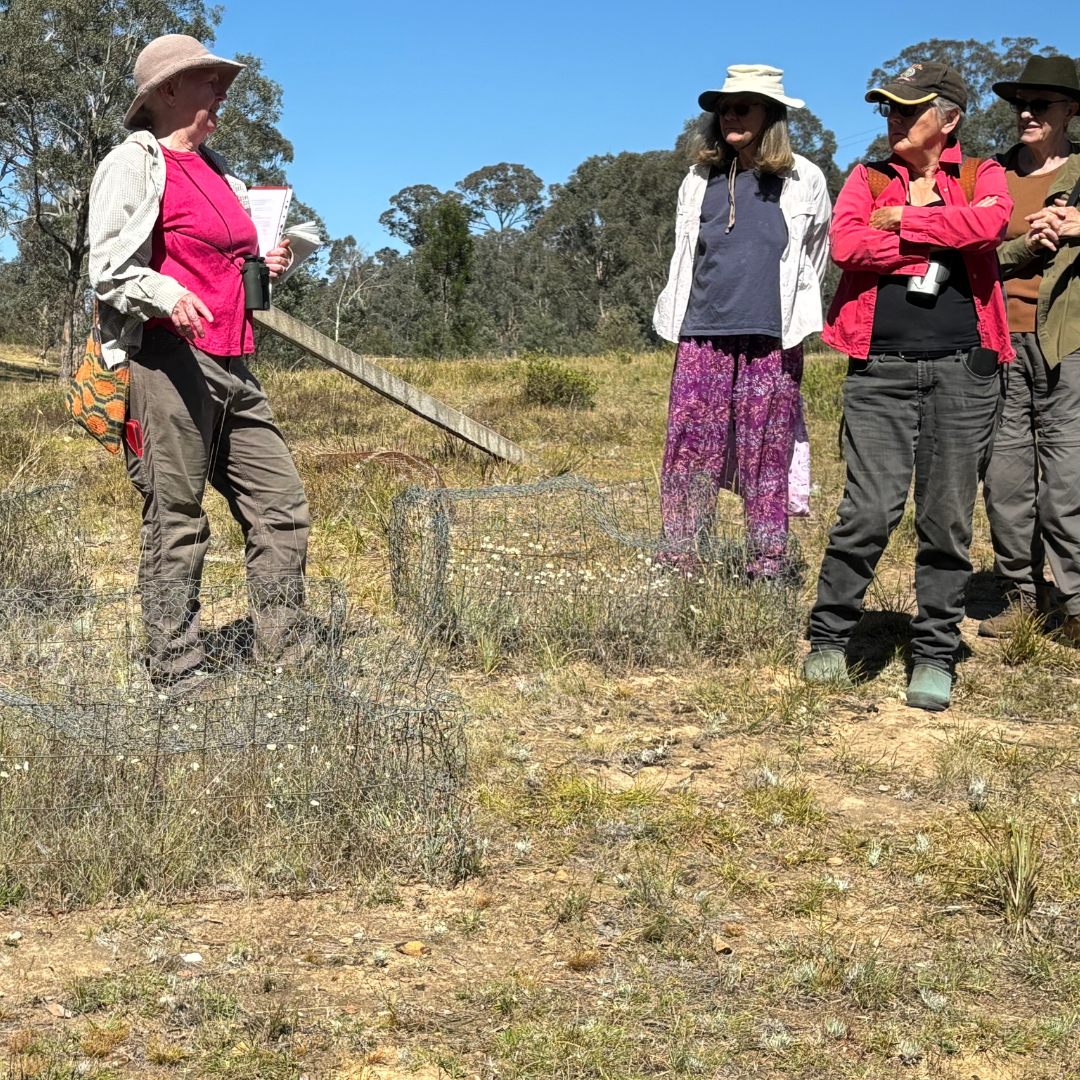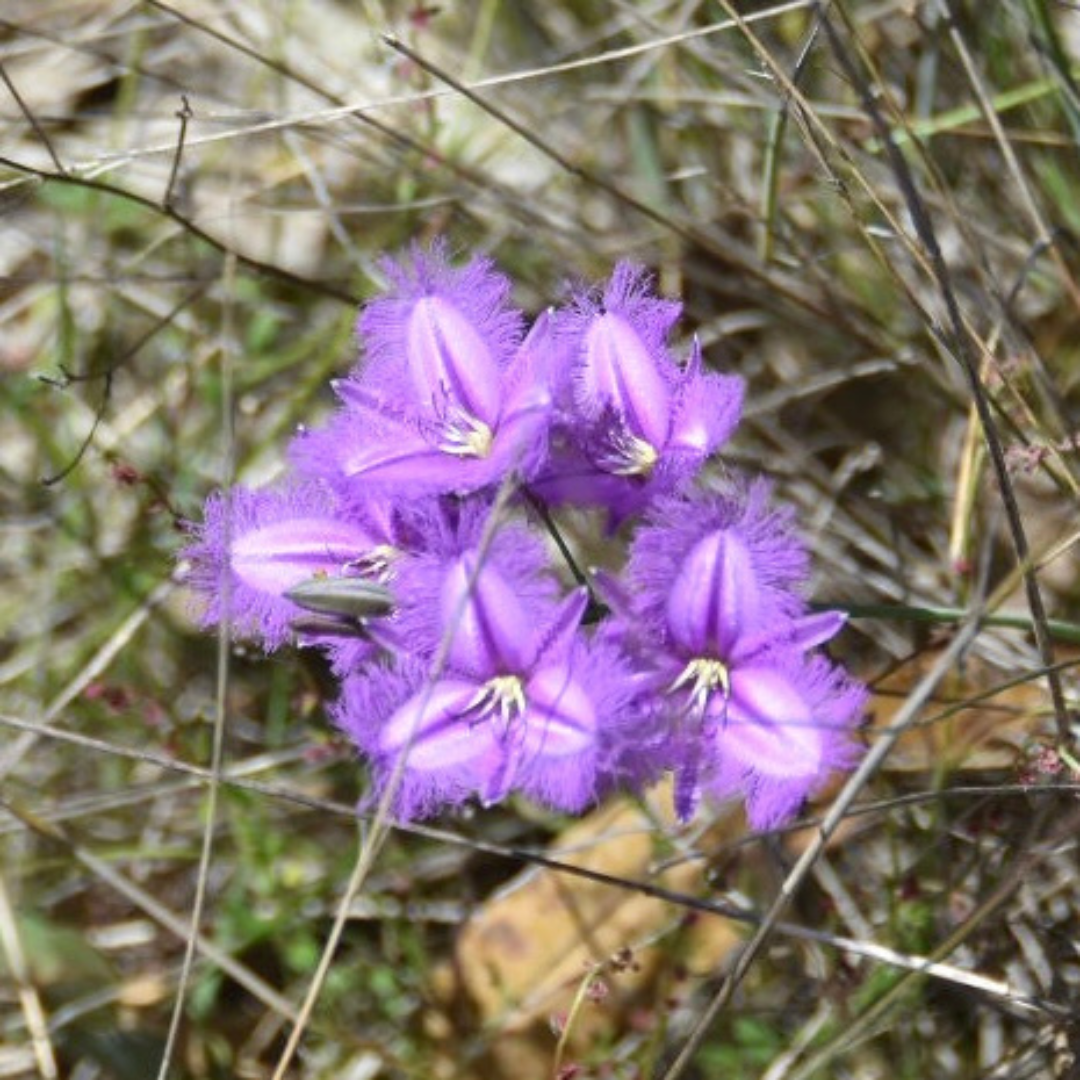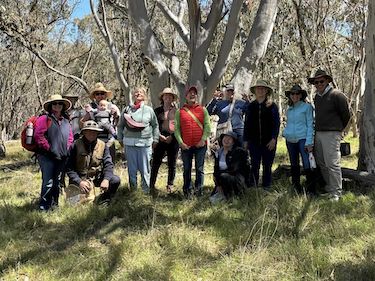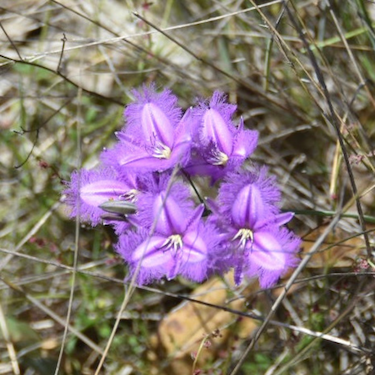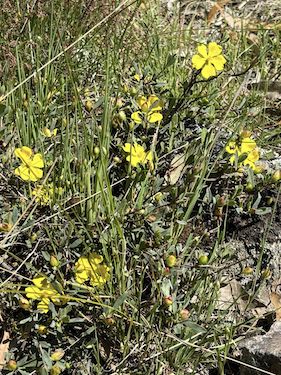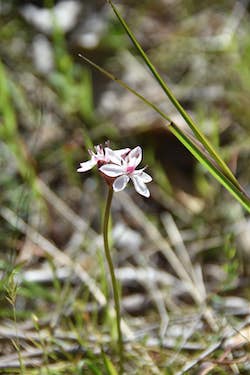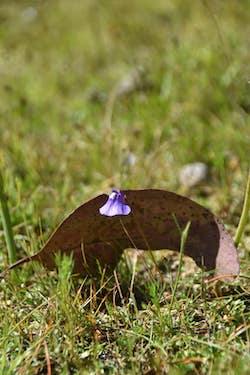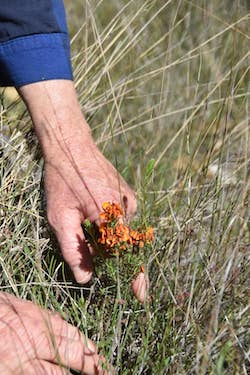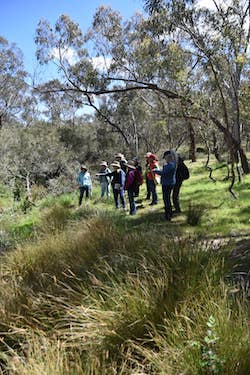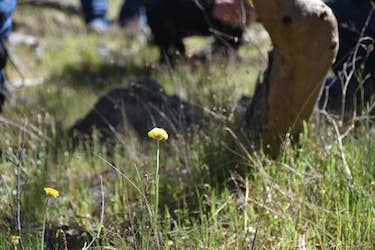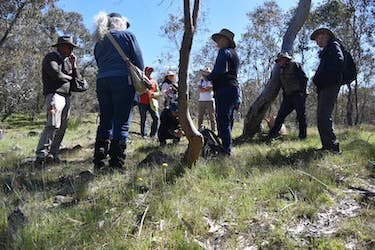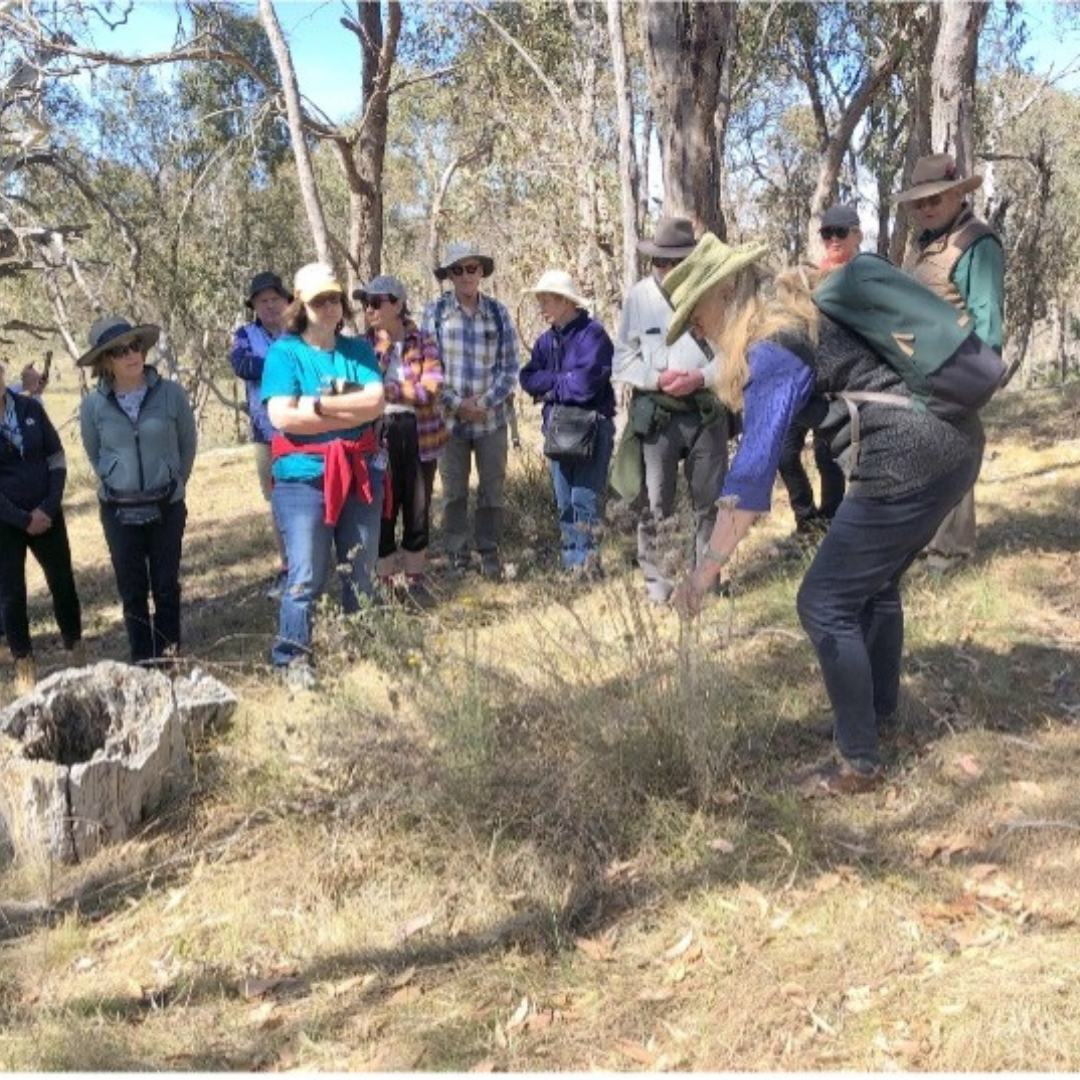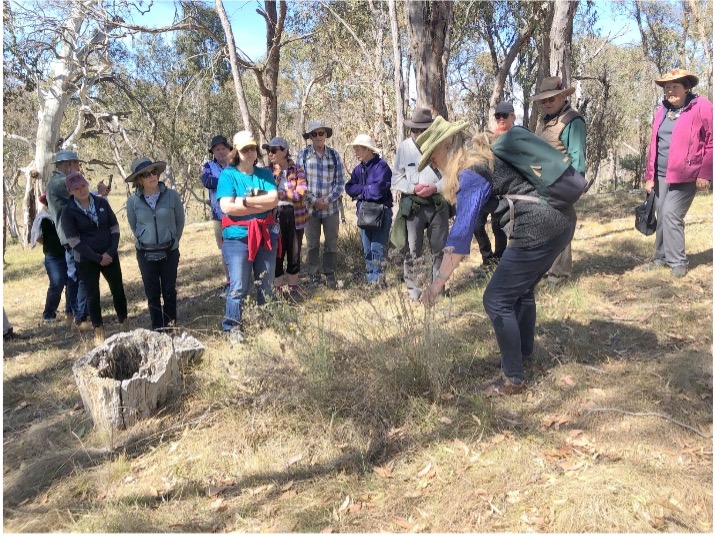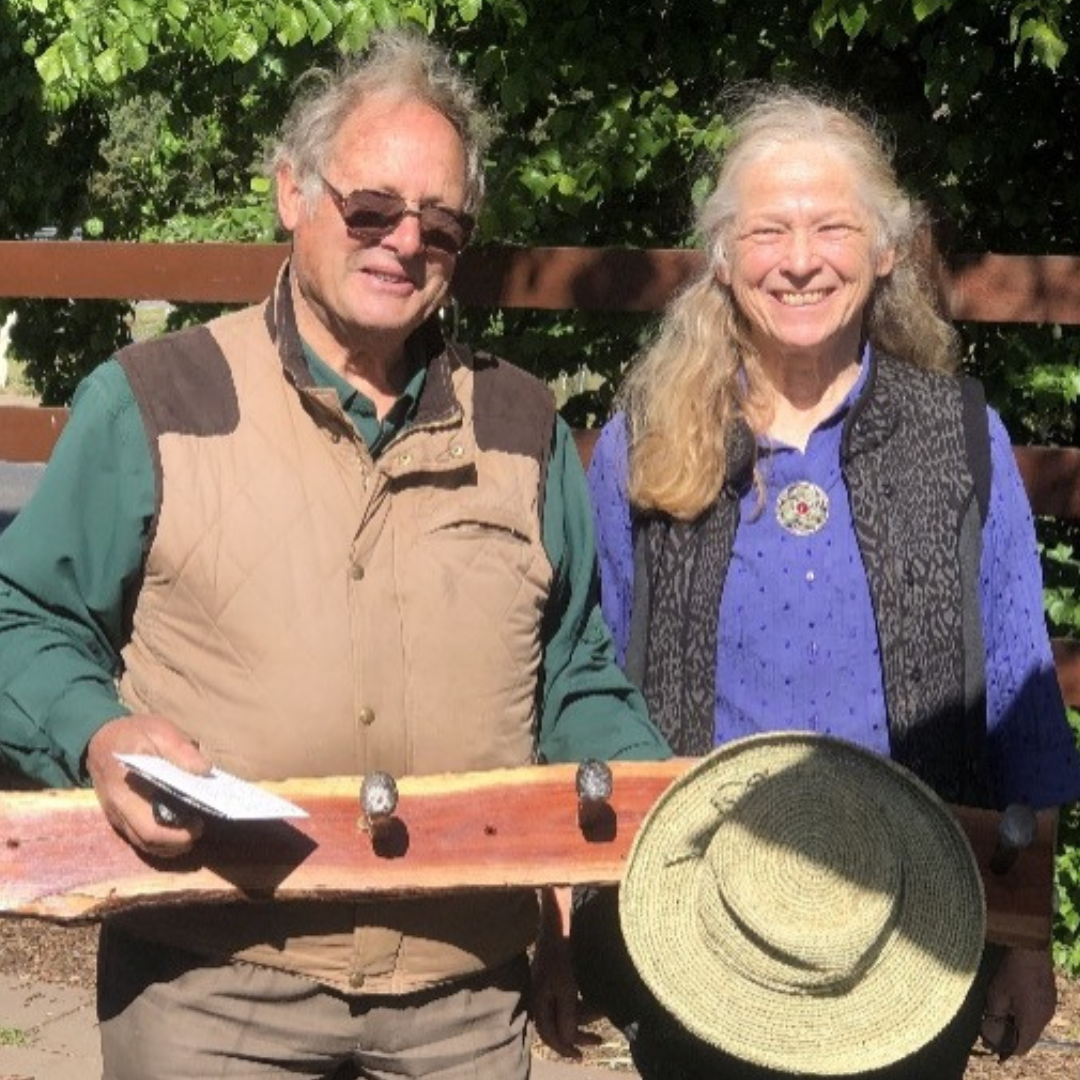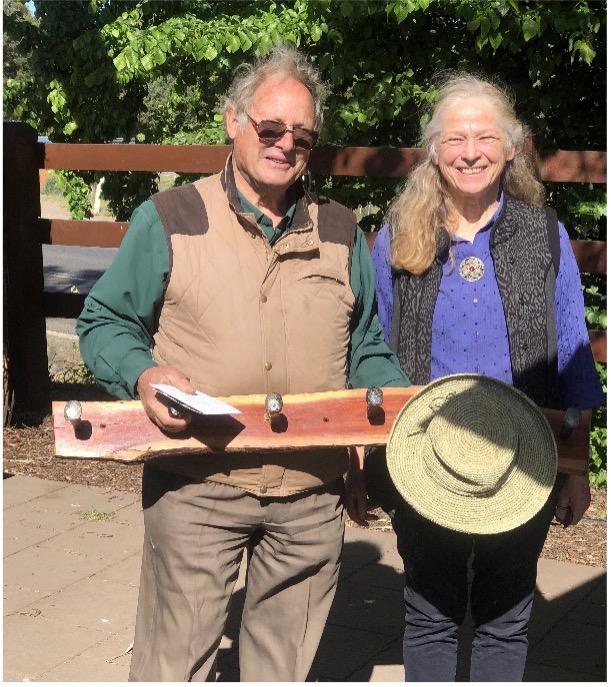Murrumbateman & Bowning Bookham Landcare groups enjoyed a guided field walk on Sue McIntyre’s property “Gang Gang” to see first hand how this conservation area is being managed.
After mindfully taking in the landscape, the group headed off on a walk to take a closer look at the many and diverse range of species and plant communities that are growing there. From the open grassy areas, through areas of dry sclerophyll forest and back through saline affected areas that had been restored.
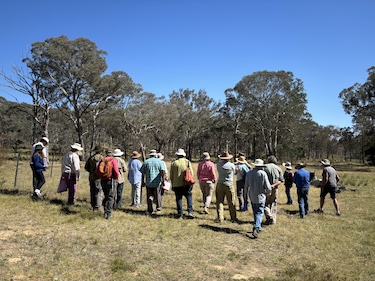

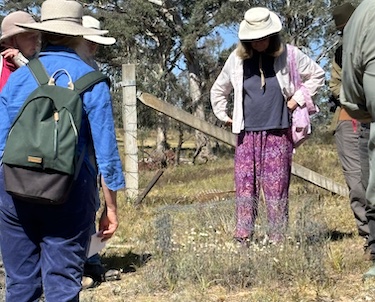

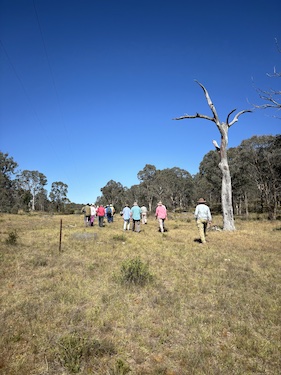
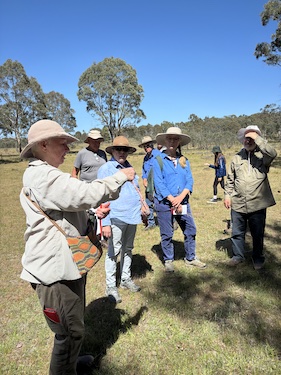
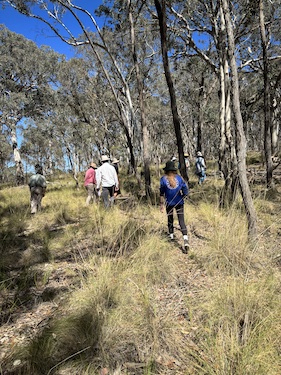
The group continued to inspect more carefully the numerous native grassland plants that were being cultivated in the garden. Identifying them and discussing their habits and place within the landscape.

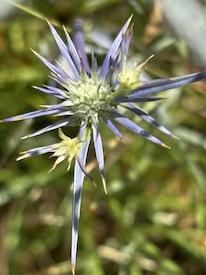
During the morning Sue highlighted the different techniques employed to manage this area in line with her conservation goals. These included;
- Weeding, of both noxious weeds and undesirable plants or those plants whose populations are out of balance.
- Thinning, by either manually removal or herbicides
- Protection from herbivores (mainly macropods) – which included fences, cages, sticks, and maintaining other plants that provide protection
- Seed dispersal
- Planting particular species to increase biodiversity
- Mowing
- Zero/ minimal nutrient input
- Allowing bare ground as an area for plants to germinate.
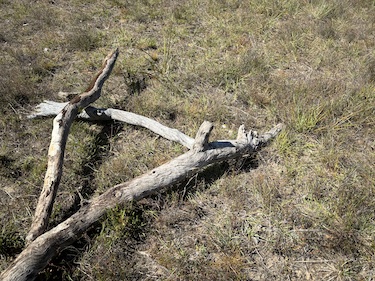
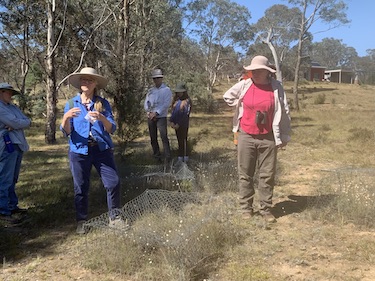

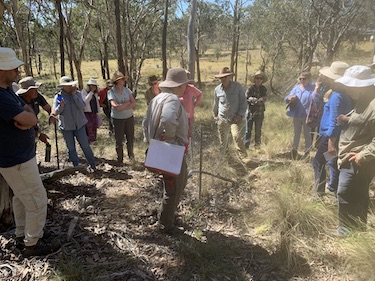

Discussion also focused on the various methods of fire damage mitigation such as
- Mowing
- Watering summer active native grasses to keep them green
- 50m exclusion zones around buildings
- Consideration as to where to plant green zones; and
- Water infrastructure design, placement and protection.


An inspiring, informative morning for everyone involved!
Writen by Sarah McGrath, YAN Local Coordinator


